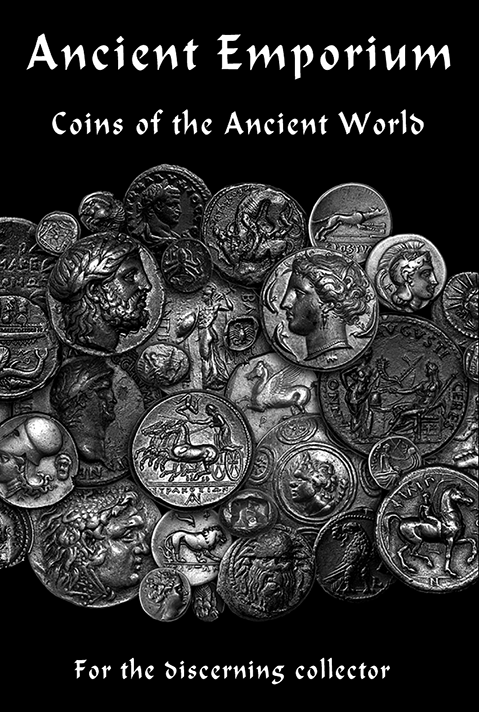Inscriptions found in the pillars of a Siva temple of Chola period at Sankaranar Kudikadu village on Orathanadu taluk in Thanjavur district reveal that Sankaranar Kudikadu is the place where the commander-in-chief of Paranthaka Chola lived 1,100 years ago.
 |
| Pillars of a Siva temple at Sankaranar Kudikadu village in Orathanadu taluk which contain inscriptions from the Chola era [Credit: The Hindu] |
Kudavayil Balasubramanian, archaeologist, who studied the inscriptions, a copy of which was later taken by the Archaeology Department of the Tamil University, said Sankaranar Kudikadu was known as Sirukulathur during the times of Chola rule and that Maran Parameswaran, commander-in-chief of Paranthaka Chola, lived in that place.
According to Balasubramanian, villagers of Sankaranarkudikadu are taking efforts to renovate a Siva temple of the Chola period which is in a dilapidated condition. They found some inscriptions on the four pillars in the temple’s front mandapam. K. Thangamuthu, former MLA of Thiruvonam, took efforts to get the inscriptions deciphered. Kudavayil Balasubramanian who deciphered the inscriptions, correlated the newly found inscriptions with those at the Big Temple, Thanjavur and a temple at Thiruvotriyur near Chennai. The name of the place in the newly found inscription as Poyyil is recorded Kootrathu Sirukulathur.
The Thiruvotriyur temple inscriptions refer to an endowment given by Maran Parameswaran. On his return from Andhra Pradesh after winning a battle against a Chalukya king, capturing Seetpuli and Nellore, he donated a perpetually burning lamp and lands to the Adigramam temple. The commander-in-chief was awarded the title Sembian Chola Varaiyan by the Chola King.
In the inscriptions of Rajaraja Chola in the Big Temple, it has been stated that one of the recipients of the 48 cows as endowment in return to the supply of ghee for lighting lamps in the temple is named as “Rajaraja Valanattu Poyyil Kutrathu Sirukulathur Puliyan Chootri”. The inscriptions in the Sankaranathar temple belong to the same Chola period. An officer by name Madhuranthaka Pallavarayan donated 428 Sri Lankan coins as loan to the Sirukulathur Sabaiyar. In return, the villagers had to desilt and maintain the irrigation tank of the village every year .
“These inscriptions constitute valuable historical evidence, and they should be protected,” says Mr. Balasubramanian.
Source: The Hindu [February 04, 2013]



